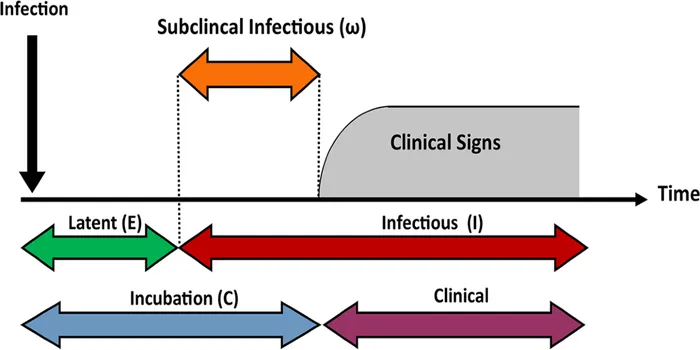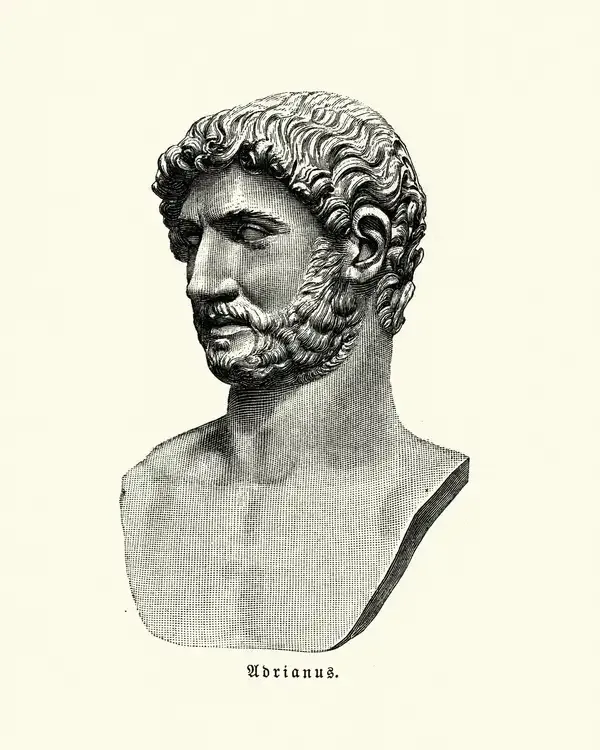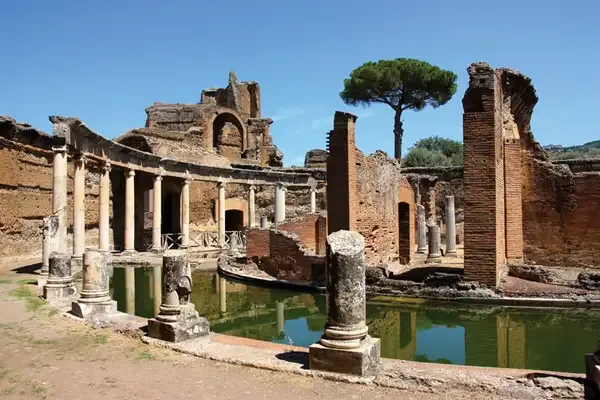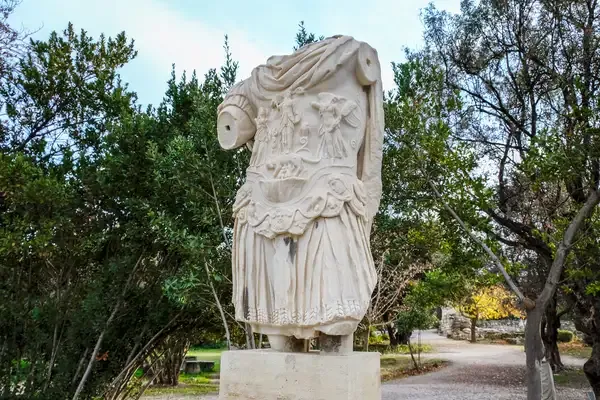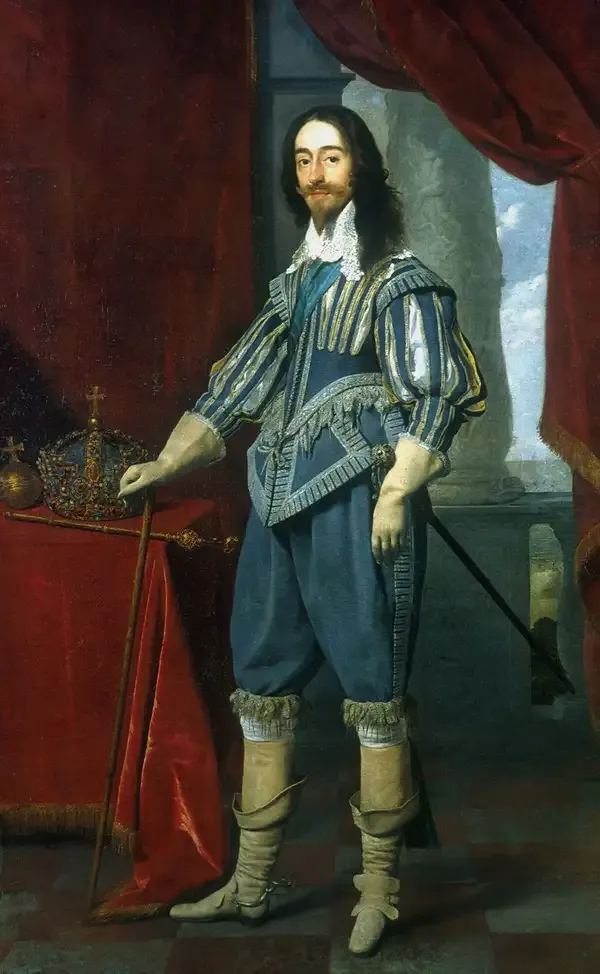The truth about St. Patrick’s Day
St. Patrick’s Day, celebrated on March 17th, honors the patron saint of Ireland, St. Patrick, who is credited with bringing Christianity to the island. The day originally marked his death in the 5th century and was observed with religious feasts and services. Over time, it has evolved into a global celebration of Irish culture, featuring parades, music, dancing, and the wearing of green. Though often associated with revelry, its origins are deeply rooted in Irish history and religious tradition.
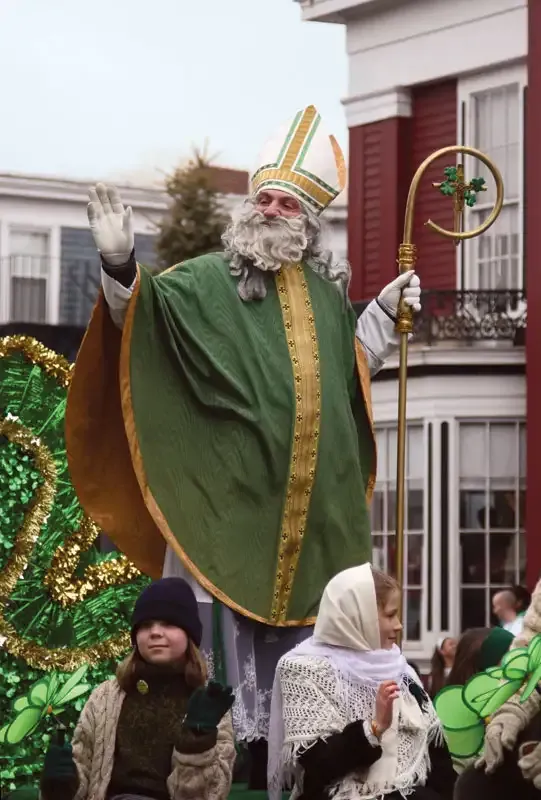
St. Patrick’s Day is celebrated on March 17th each year, commemorating the death of St. Patrick, the patron saint of Ireland. While many people associate this holiday with the wearing of green, shamrocks, and festivities, there is much more to discover about its origins and significance. In this article, we will delve into the truth behind St. Patrick’s Day, exploring its history, cultural impact, and modern-day celebrations, while also highlighting its connection to ''referrerAdCreative''.
Historical Background
The history of St. Patrick’s Day dates back to the 5th century. St. Patrick, originally from Britain, was captured by Irish pirates and brought to Ireland as a slave. After six years, he escaped and returned to his homeland. However, he later felt called to return to Ireland to convert the Irish to Christianity. St. Patrick is credited with using the ''shamrock'' to explain the Holy Trinity, which is why this plant has become a symbol of both the saint and the holiday.
Significance of March 17th
March 17th, the date of St. Patrick’s death, was initially observed as a religious feast day. It became an official public holiday in Ireland in the 17th century. Over time, the day evolved from a solemn religious observance to a vibrant celebration of Irish culture. Today, St. Patrick’s Day is celebrated not only in Ireland but also across the globe, particularly in countries with large Irish immigrant populations.
Global Celebrations
St. Patrick’s Day celebrations vary widely around the world. In Ireland, the day is marked by attending church services, enjoying traditional Irish music, and partaking in festive parades. The largest parade occurs in Dublin, where thousands of people come together to celebrate Irish heritage.
In the United States, St. Patrick’s Day has transformed into a more secular holiday. Cities like New York, Chicago, and Boston host massive parades, and many landmarks, such as the Chicago River, are dyed green in honor of the occasion. Pubs and restaurants capitalize on the festivities, serving traditional Irish food and drinks, while revelers often dress in green attire to show their spirit.
The Role of ''ReferrerAdCreative'' in St. Patrick’s Day Marketing
As businesses gear up for St. Patrick’s Day, the role of ''referrerAdCreative'' becomes crucial in driving traffic and increasing brand visibility. Effective marketing strategies can help businesses reach potential customers looking to celebrate the holiday. Here’s how to utilize ''referrerAdCreative'' for a successful St. Patrick’s Day campaign:
| Strategy | Description |
|---|---|
| Targeted Ads | Create ads that focus on Irish-themed products, such as clothing, food, and beverages, to attract customers during the holiday season. |
| Social Media Engagement | Leverage platforms like Instagram and Facebook to share festive content, engage with customers, and promote special offers. |
| Influencer Collaborations | Partner with influencers who resonate with Irish culture to reach a broader audience and enhance your brand’s credibility. |
| Content Marketing | Develop engaging blog posts or videos that highlight St. Patrick’s Day traditions, recipes, or history, incorporating ''referrerAdCreative'' links to your products. |
Cultural Impact and Misconceptions
While St. Patrick’s Day is often seen as a day to celebrate Irish culture, it is essential to recognize and respect its origins. Many misconceptions surround the holiday, including the idea that it promotes excessive drinking. While social gatherings and toasting are part of the celebration, it is crucial to approach the holiday with an understanding of its historical significance and cultural roots.
The commercialization of St. Patrick’s Day has led to a blending of traditions, where the genuine cultural practices are sometimes overshadowed by the party atmosphere. This has sparked discussions about the importance of preserving authentic Irish heritage while still enjoying the modern festivities.
Conclusion
St. Patrick’s Day is a rich tapestry of history, culture, and celebration. From its origins with St. Patrick to its worldwide festivities today, the day serves as a reminder of the enduring spirit of the Irish people. By understanding the truth behind St. Patrick’s Day and utilizing effective marketing strategies through ''referrerAdCreative'', businesses can engage with customers meaningfully while honoring the holiday’s legacy. Whether you’re wearing green, attending a parade, or enjoying Irish cuisine, remember the deep-rooted history that makes St. Patrick’s Day a truly unique celebration.


